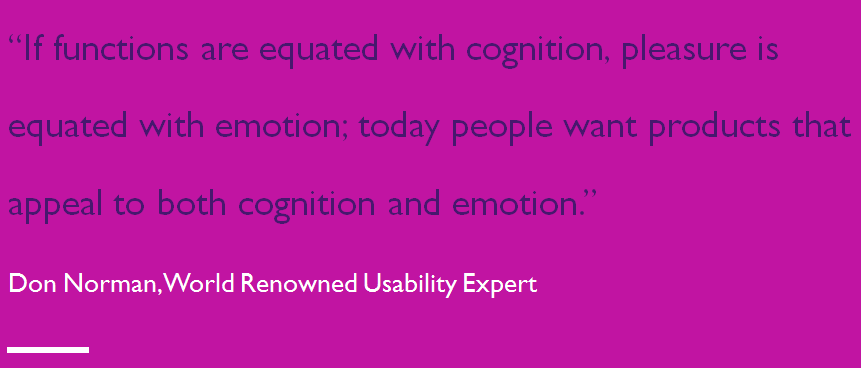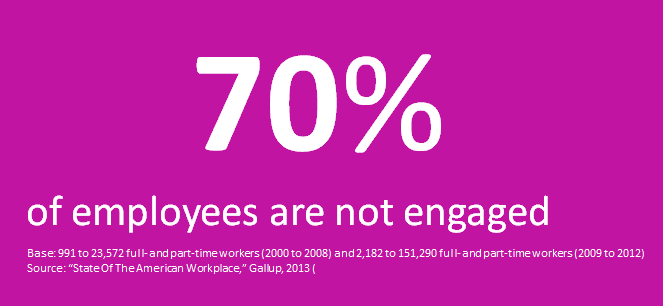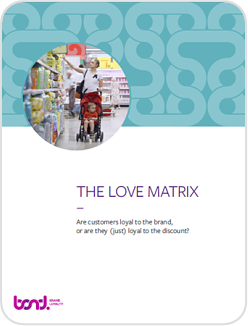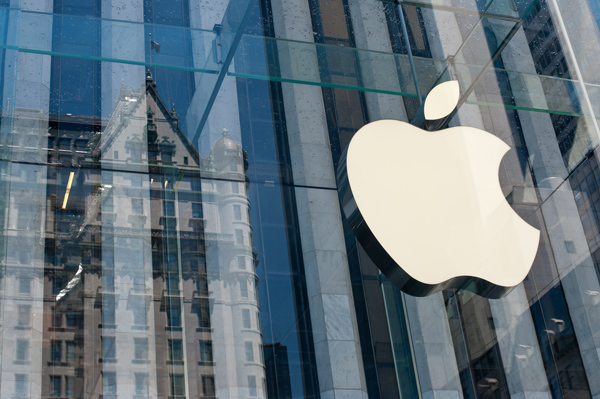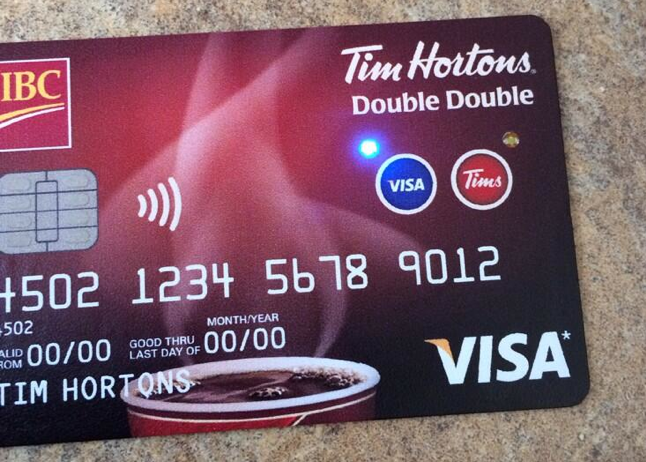Content Writer
Blog
Bond
Recent Posts
I recently participated in a focus group that was centered around how dating apps – match, eHarmony, Tinder, that sort of thing – could evolve; how more features or fewer, additional controls or less stringent, search options, endorsements, buttons, clicks, options and tassels might help sort through the proverbial haystack to find the needle. Deciding I did not need a needle that desperately (and wondering when the last time I saw a haystack was, or why it wasn't tied tight with twine like any decent farmer would do, that it would force one on hands and knees to fanatically search for some irreplaceable needle), a gentleman on the panel made a fascinating inquiry – far more interesting than any profile I had seen in a moon's time. He asked if perhaps we were articulating that we might prefer to take dating offline.
Take dating offline.
It’s a truth that retailers have lived by for decades: To have a successful year, you have to have a successful holiday shopping season. And sales figures tend to bear this out. While it can vary widely by category, across the board a retailer can expect 20 percent of annual sales to come from the holiday shopping season.
As featured in Quirks Marketing Research Media.
Relationships between companies and their customers are forged and secured when a bond of trust has been established. Some of the strongest of these relationships are created when both sides speak to each other face to face.
It all begins with a common goal — your brand promise. This promise could be to have the best customer service, or to offer customers the best value for their dollar. The important thing is to remember that no one organization can do everything well. You have to pick and choose. Frances Frei put it best when she said that to be the best in class at something, in order to be great — you have to be bad. And that the well-intentioned desire to be great at everything is exactly what leads to “exhausted mediocrity.” To differentiate yourself, your brand promise must be enterprise-wide, sustainable and measurable. Once the promise is identified, it needs to permeate from the top down and employee engagement is how you do that.
This is important because a recent Gallup report found ”an alarming 70% of American employees aren't working to their full potential.” Of those 70%, 52% are not engaged and another 18% are actively not engaged, which can lead to their lack of productivity, more likelihood that they will drive customers away and disloyalty to their employers.
Scott Robinson leads our loyalty consulting and solutions discipline, and is our thought leader for consumer loyalty strategy engagements. His focus is enabling clients with the best possible solutions for their specific objectives and environments, and ensuring Bond Brand Loyalty maintains market leadership in terms of loyalty and CRM innovation, technique and approach.
Q: What is it about brand love vs. program love that is important to CMOs?
Carlo Pirillo is Bond Brand Loyalty's Executive Vice President of Digital Solutions. Carlo oversees the technology and immersive interactive assets that advance human interactions and bridges the gap between brands and people.
Attention CPG brands! You are accustomed to retailers calling the shots and controlling the consumer relationship. You have also invested massive marketing dollars on acquisition based tactics ranging from promotions, in-store media and sweepstakes to FSI's, social media and sampling programs, all to compete for the attention of the consumer. Another reality is that the consumer landscape is changing, bringing with it empowerment and brand promiscuity. It is up to CPG manufacturers to differentiate themselves and move ahead of the competition by forging a direct relationship with consumers. Here, loyalty can be a key strategy to strengthen relationships and to gain valuable data at the same time. With this in mind, we thought we'd share some of the challenges and opportunities that CPGs and retailers are facing now.
While in high school my stepdaughter appeared stamped from a mold. She and her fellow clones would wear reassuring uniforms commonly accepted in the suburbs. American Eagle, Hollister, Lululemon, and Abercrombie & Fitch among others were accepted suppliers within her peer group. These girls also adopted the same hairstyle so when clustered together I would often fail the stepfather test of locating her in a crowd (she often used that to her advantage).
As a loyal Timmies coffee drinker, I was delighted to hear that Tim Hortons had launched an “official” loyalty program; I was finally going to get a reward beyond that early-morning “ahhhh” of my first sip.
The new Double Double card has some interesting things to offer: unique technology, no fee and an easy to understand 1% back in Tim Cash. Its low household income requirement – and student card option – makes the card highly appealing to those who wouldn’t qualify for premium credit card rewards programs. As an initial foray into loyalty, this card is an excellent way for Tim Hortons to capture some data, learn about shopping patterns and spending distribution and test some targeted marketing programs. I look forward to seeing Tims broaden its loyalty offering down the road to engage more of its customers – those who are already committed to their chosen payment methods.
We tend to think about loyalty from the customer standpoint and we envision points cards and mobile rewards apps—but this view can be narrow and does not fully encompass the enterprise benefits associated with an effective loyalty strategy. Enterprise Loyalty isn’t just a consumer value proposition, but a management proposition that offers up organization-wide tools and mechanics that can help your business rationalize and optimize technologies, operations and expenditures; all the while better understanding and engaging your consumers.


